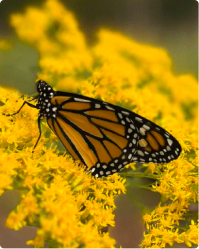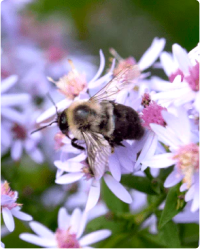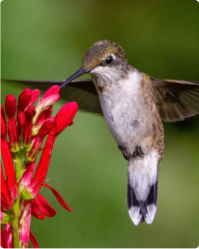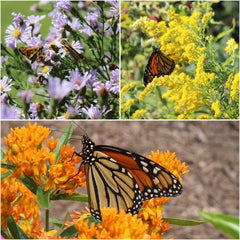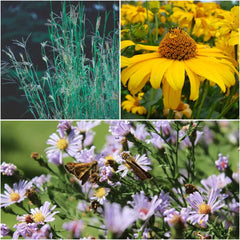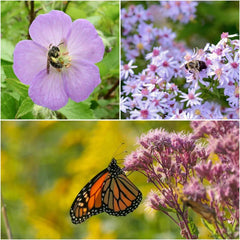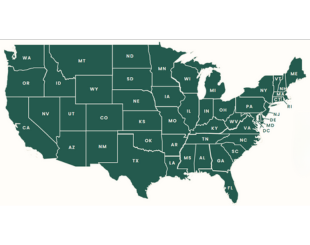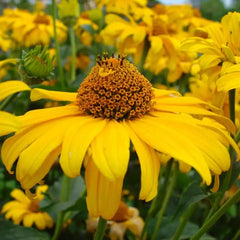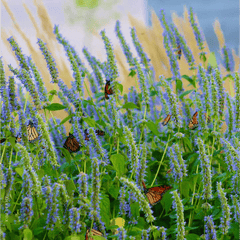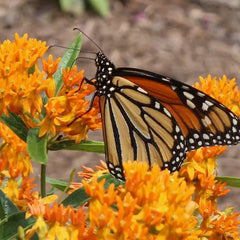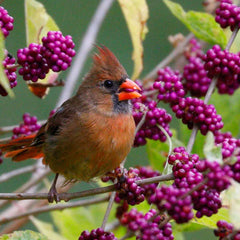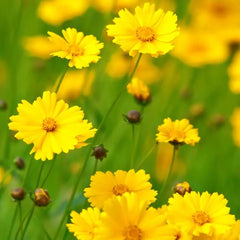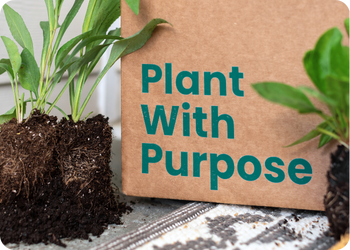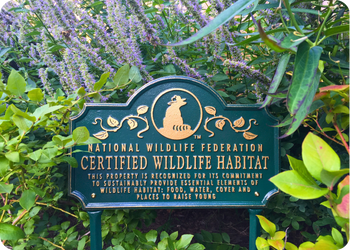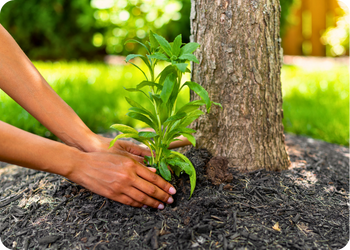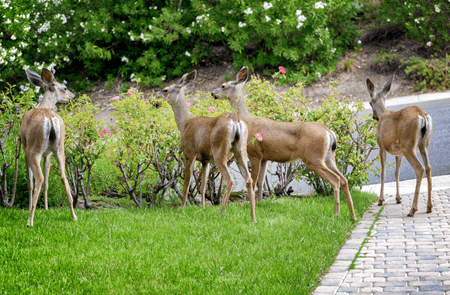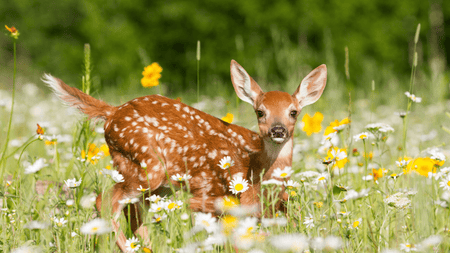Understanding the Sustainable Gardening Concept


Gardening is a rewarding activity that anyone can enjoy. Whether you're a seasoned green thumb or a budding plant enthusiast, there's something special about getting your hands dirty and growing your own food or flowers.
But did you know that gardening can also be sustainable? Sustainable gardening is a type of gardening that focuses on creating an environmentally friendly garden that doesn’t deplete natural resources or harm the world around us. Keep reading to learn more about sustainable gardening and how you can create your own sustainable garden!
What is a sustainable garden?
In its simplest terms, sustainable gardening is a gardening approach that minimizes the environmental impact. You can achieve this through practices like using organic materials, conserving water, and creating habitats for wildlife.
Sustainable gardening is also about working with nature rather than against it. By following these principles, gardeners can create beautiful outdoor spaces that are also good for the planet.
Why does sustainable gardening matter?
Sustainable gardening is a way of gardening that is environmentally responsible and focused on conserving resources. This type of gardening has become increasingly popular in recent years, particularly among millennials. By choosing to garden sustainably, gardeners can help to protect the environment and promote biodiversity. What’s not to love about that?
When most people think of sustainability, they think of solar panels and hybrid cars. But sustainable gardening is an important part of creating a sustainable future.
And gardening for sustainability starts with native plants.
As native plants are naturally adapted to local conditions, they require less water and fertilizer than non-native plants. Native plants also provide critical habitats for native wildlife, such as bees and butterflies.
But sustainable gardening is about more than simply planting the right plants. It also includes using recycled or reused materials in the garden, such as compost bins and garden trimmings that would otherwise go to waste.
Sustainable gardening practices help to conserve water and energy too. Sustainable gardening is a great way to connect with nature and teach young people about environmental stewardship. For all these reasons, sustainable gardening is essential for creating a sustainable future.
Tips on getting started with sustainable gardening
If you think sustainable gardening will mean a lot more work, prepare to be pleasantly surprised. In many ways, sustainable gardening may require less effort than you're used to!
Use native plants
This is the big one. By planting plants that are native to your state or region, you’ll be making a huge difference - not just for local biodiversity, but for how much work you’ll have to put into gardening! Native plants require less watering because they’ve evolved to grow in a region's specific environmental conditions. So they take a lot less maintenance (no regular treatments with pesticides) but will still thrive because they’re suited to the local conditions.
Of course, native plants have also evolved alongside local animal life, including butterflies and other pollinators like bees. So you're also helping those species to have the food and habitats they need to thrive. Make sure you use a native plant finder to ensure that the plants you buy are truly native to your garden.
Think organically
The fewer chemicals you use in your garden, the better. Not only will this save you money, but it will also mean a cleaner, more eco-friendly garden. So ditch the fertilizers and weed killers, and start using other ways to control unwanted growth in your outdoor space.
This is especially important if you use your garden to grow fruit and vegetables. The fewer chemicals you use to grow edibles, the fewer chemicals will leach into the soil, so your food will be cleaner, healthier, and more satisfying when it's on your plate!
Reduce your lawn
Lawns might look nice and uniform, but they’re about as unnatural as it comes when looking at sustainable gardens. A well-trimmed lawn provides no food or shelter for local wildlife, so when you see a pristine lawn, species like monarch butterflies see a vast desert instead. Then there’s the fact that the average lawn uses vast amounts of water, which is becoming a critical resource - especially in some states.
One option to reduce your lawn space is to replace the current grass. Most US gardens are mostly Kentucky bluegrass, a species that’s not even native to the US. You could replace that grass with some native ornamental grasses or even create some more flower beds and plant some more environmentally beneficial plants or some low-growing shrubs.
The anti-lawn movement is on the rise globally, and it’s a great movement to be involved with (not least because looking after a lawn takes a lot of work!).
Use less water
Reducing how much water you use in your garden has already been mentioned, but it’s worth looking at more closely. If your state has regular water usage restrictions, then you already know how tricky it can be to keep your garden healthy. That’s where xeriscaping comes in.
Xeriscaping is a method of gardening that involves taking a more considered approach to your water use and a sustainable garden design landscape that either reduces or completely eradicates the need for irrigation in your garden. The key is a combination of native plants and natural rainfall. Those native plants will need less watering anyway, but introducing something as simple as a rain barrel at the base of your gutters can dramatically reduce the amount of tap or hose water you’ll need to use.
Reduce, reuse, and recycle
The concept of reducing, reusing, and recycling is not new, but when we think of it, most of us think about furniture and clothing. The concept also applies to your garden. Got some broken plant pots in your garden? Don’t throw them away if they can be used. There are some imaginative ways to use broken plant pots, so don’t just throw them in the bin.
The same applies to anything that’s in your garden, from a cracked flower bed to a split hose. And don’t forget that even garden trimmings can be used in various ways. It’s also worth checking out local gardening groups, who will often have either a need for what you're throwing away or who have tools you can borrow for free, so you don’t have to buy expensive garden tools that you’ll only use once or twice a year.
Start gardening sustainably
Get rid of fertilizers, weedkillers, and other pesticides. Reduce the amount of water you waste on creating the perfect lawn. Fill your garden with native plants. And use everything you can in your garden as much as possible. We must stop thinking of our gardens only as somewhere to have a barbecue or catch some rays.
Instead, we need to consider the amount of garden space that takes up the country and consider the effect that it has on the world around us. From helping local pollinators to helping with erosion control and stormwater management, the right plants in the right garden can change how we impact the world around us. And it’s easy to participate no matter the size of your space, even patios can be wildlife attractions. And when we stop adding chemicals to the soil and plants in our sustainable gardens, everyone benefits, now and for future generations.
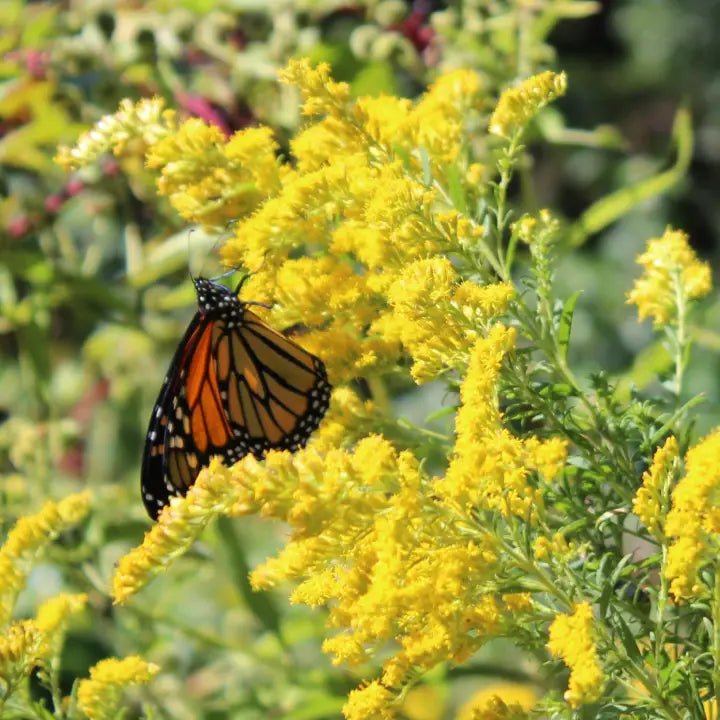
Find Native Plants by Zip Code
We took the guesswork out of planting native. Check your zip to see what ships!
